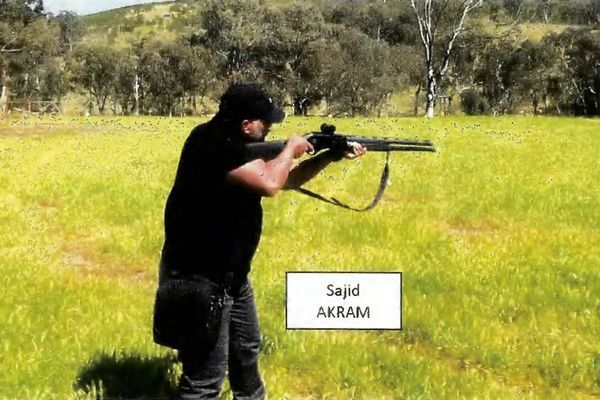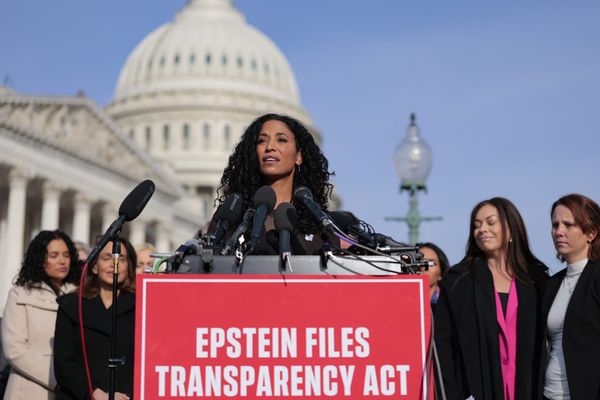
Every 17 minutes. That’s how often someone is killed or seriously injured in a collision on the UK’s roads. Each and every one of these accidents brings an unbearable loss: for family and friends left mourning the loved ones who have been cruelly stolen from them, and survivors whose injuries can change their lives for ever. When we talk about how we make our roads safer, it’s easy to get distracted by bluff and bluster. But, every time we do, we lose sight of the most important fact: traffic accidents took over 1,600 lives last year, and we have the power to reduce and prevent them.
Take speed limits. Rigorous new research published by Transport for London shows the number of people killed or seriously injured on London borough roads reduced by 34% following the implementation of 20mph speed limits, with the number of children killed falling by 75% (from four to one). That means fewer grieving families and fewer people’s lives made a misery. At the same time, the predicted downsides for drivers simply haven’t materialised. Despite what their detractors might claim, 20mph speed limits haven’t actually made journeys slower because journey times are largely dictated by junction delays, not vehicle speed. Roads where 20mph speed limits apply aren’t just safer; they are quieter, too, encouraging more people to walk or cycle. Those who do drive have fewer collisions and pay less for their insurance as a result. It’s no surprise that residents overwhelmingly back slower speed limits in their own communities; more than three out of four of them think that 20mph is the right speed for the area they live in.
Our experience isn’t isolated. The first year of a 20mph speed limit scheme in Wales led to 100 fewer people being killed or seriously injured.
As mayor of the capital, my approach to road safety has never been about ideology, belief, or bias; it’s about following the evidence and doing what is best. If we want to save lives, the evidence shows that there’s no time to waste. That’s why we’re rolling out 20mph speed limits on appropriate roads. Because of our policies, today half of London’s streets have 20mph speed limits. We’ve created more than 800 “school streets” across our city, cutting toxic air pollution and giving thousands of children a safer, healthier way to get to school. At the same time, we’ve increased the number of protected cycle routes fivefold, giving more Londoners the confidence to swap four wheels for two.
Step by step, street by street, we have made the capital a better place to walk, cycle and drive. Faced with tough problems, we had the courage to come up with our own answers when the world offered none.
When I launched the ultra-low emission zone (Ulez), it was the first of its kind anywhere. Others have followed with similar schemes, but London’s is the largest in the world. In 2024, the year after we expanded it, levels of roadside nitrogen dioxide – the toxic gas that exacerbates asthma and raises the risk of lung cancer – declined by 27%. Since 2019, the year the scheme was first introduced, air quality has improved at 99% of monitoring sites across the capital. In a city where air pollution is linked to up to 4,000 early deaths every year, the Ulez is saving lives.
It’s not just Ulez. We knew that lorries were five times more likely to be involved in a collision causing a fatality relative to their share of traffic. So, in 2021, we became the first place in the world to enforce a direct vision standard for lorries, forcing tens of thousands of dangerous vehicles to implement safety measures and improve how much drivers can see from their cab. Today, that standard is working; in 2023, the number of vulnerable road users killed by an HGV had declined by 62% from the 2017-19 baseline. The EU has since introduced a similar scheme, which it expects to save thousands of lives across the continent.
When it comes to improving road safety, the record in our capital is second to none. But the truth is that, despite impressive progress, there are still too many places where higher speed limits are putting pedestrians at risk. We can and must do more, because not a single one of the tragedies that take place on the capital’s roads is inevitable. This fundamental principle – that one casualty on our roads is one too many – underpins my Vision Zero for London. By implementing it, we aim to eliminate all deaths and serious injuries on our transport network by 2041. But we will not succeed unless borough councils do their bit.
Most of the capital’s boroughs have leapt at the chance to make our roads safer; 21 of them now have a default 20mph speed limit. Unfortunately, though, there are a few councils who have so far refused to play their part. In these blocker boroughs, leaders are fighting against lower speed limits on their streets. To those councils, my message is clear: it’s time to step up. Because there is nothing to be gained by playing politics with speed limits – only people to be injured and lives to be lost.
Every day, I meet people who tell me they want to make even more progress to clean up our air and cut speeds on the capital’s streets. Some of them are campaigners who have dedicated their lives to making the way we travel safer and more sustainable. But the vast majority are ordinary citizens: children walking home from school; parents cycling to work; carers driving to see their relatives. What they want is simple: the freedom to go about their lives in the knowledge that they are safe from harm. For their sake, the fight for safer roads must continue.
Sadiq Khan is the mayor of London
Do you have an opinion on the issues raised in this article? If you would like to submit a response of up to 300 words by email to be considered for publication in our letters section, please click here.







